Following Years-Long Drought The World’s Largest Water Drain in California is Reawake
After heavy rainfall over the winter, California’s largest reservoir in Napa County has seen its water levels rise once again.
Now at its highest in years, the reservoir’s refilling is great news for nearby residents whom water shortages have burdened over the past few years.
Water Spills for the First Time in 4 Years
Over the last four years, the Morning Glory Spillway at Lake Berryessa has been activated. The 72-foot diameter concrete funnel directs excess water to Putah Creek.

Source: Shellie/Flickr
The Morning Glory Spillway is a 72-foot-wide inverted bell that channels water from the Monticello Dam into the creek below.
How the Spillway Works
According to the Watershed Information & Conservation Council of Napa Valley (via The Cool Down), the water drops 200 feet straight down toward a narrowing pipe.

Source: John C Bullas/Flickr
“It’s all curved, so you have the least resistance for the water to go down The Glory Hole,” Jim Daniels, district engineer for Solano Irrigation District, told the WICC. “And it’s very efficient. It’s not very turbulent… actually rather placid. It’s not that placid down inside The Glory Hole itself.”
The Winter Storms Affects on California
The February 2024 winter storms brought an atmospheric river to California, causing significant trouble for residents.
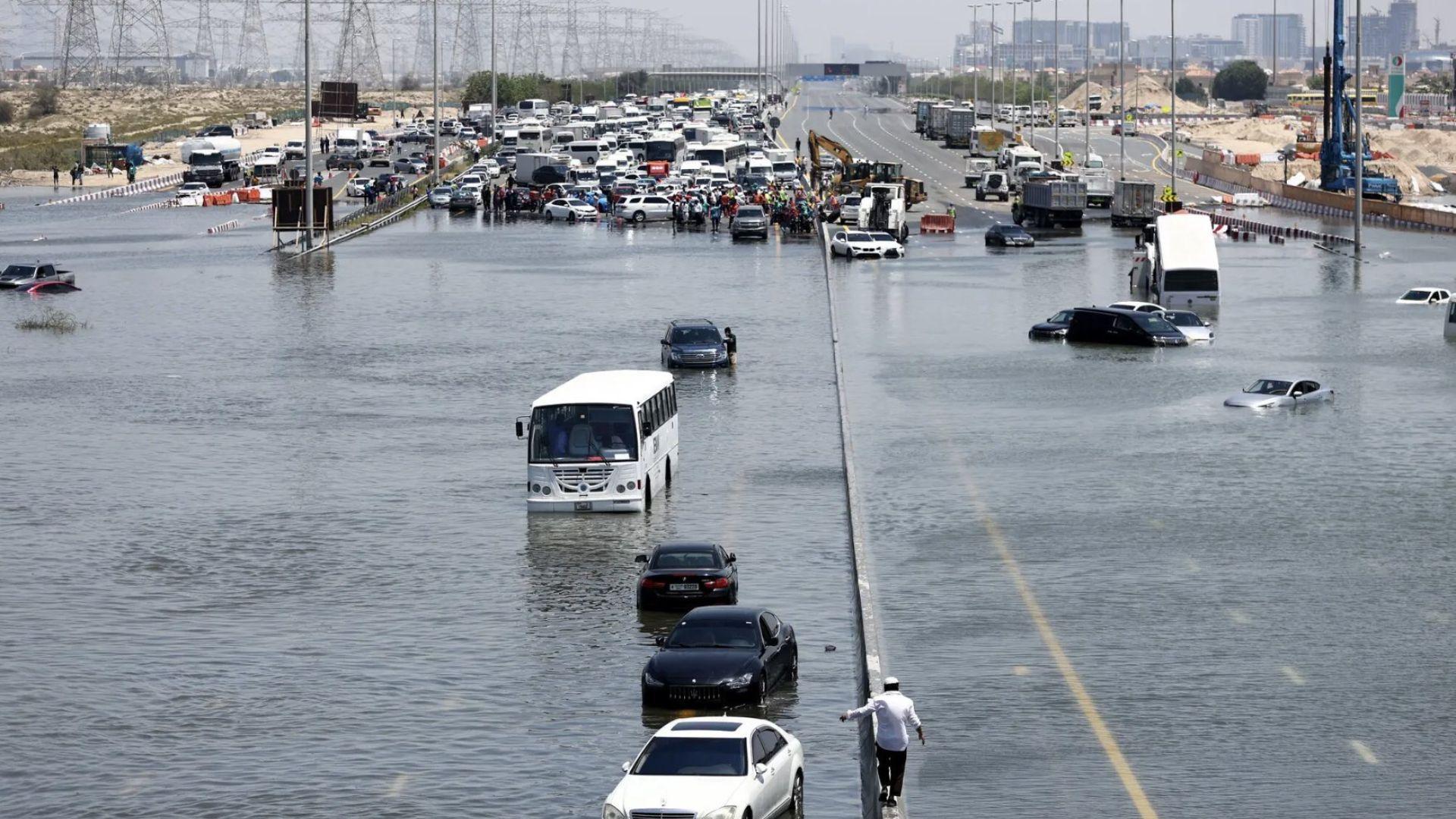
Source: @d_feldman/X
Twenty million people were under flash flood alerts as roads and airports shut down due to power outages and mudslides.
The Perks of the Winter Storms
According to Newsweek, the world’s largest drain hole has not been operational for four years, as water levels at Monticello Dam have been troublingly low.

Source: Rijk van de Kaa/Unsplash
However, the intense storms, exacerbated by the El Niño weather cycle, have brought more water to California reservoirs, though not without consequences.
The Consequences of the Winter Rains
Rising global temperatures make weather conditions increasingly unpredictable, making it harder for Californians to figure out how much water needs to be preserved as summer approaches.
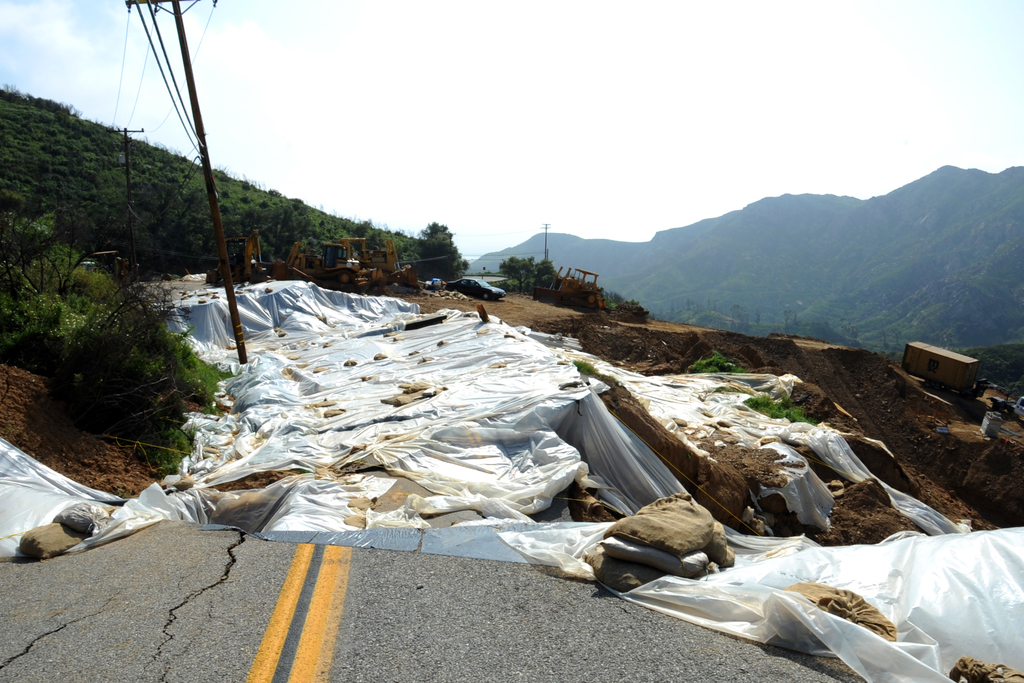
Source: The U.S. National Archives/Flickr
After years of drought conditions, California welcomes the rain, but the intensity of the storms has brought a new threat.
Locals Don’t Mind the Extreme Weather
However, many residents are enjoying the benefits of the extreme weather conditions as it has alleviated times of severe drought.
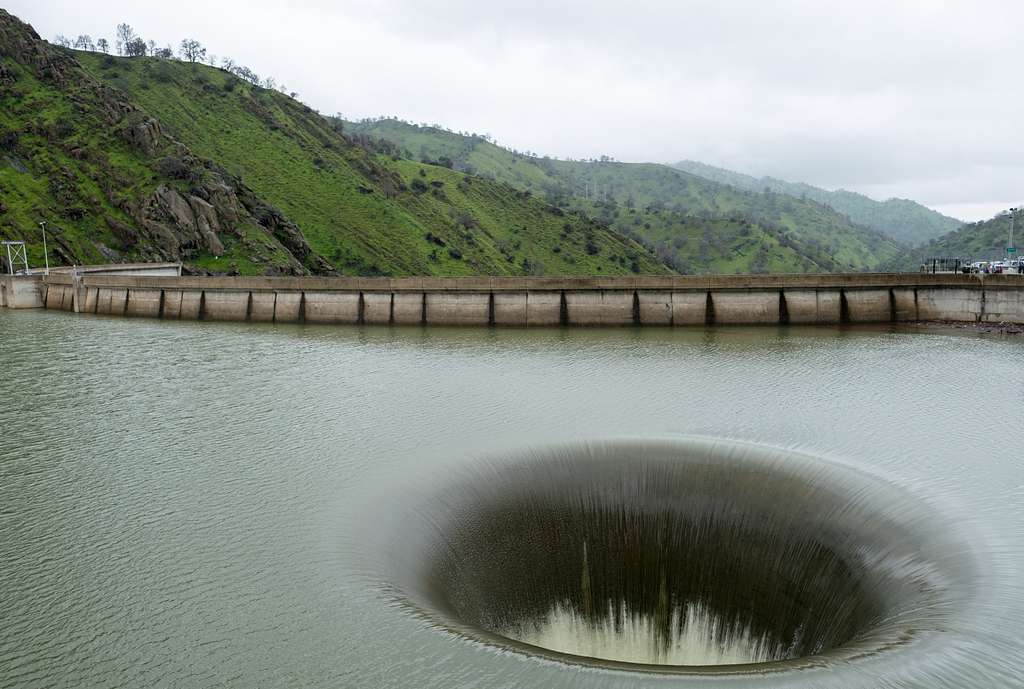
Source: Wikimedia Commons
For the time being, locals can enjoy the breathtaking sight of water spilling into the Morning Glory Spillway.
Locals Celebrate the Rains
The overflow came after the Napa Valley Register reported concerns that there wouldn’t be enough rain during the wet season to bring the lake up to spillover. The excitement over this glorious sight has left residents ecstatic.
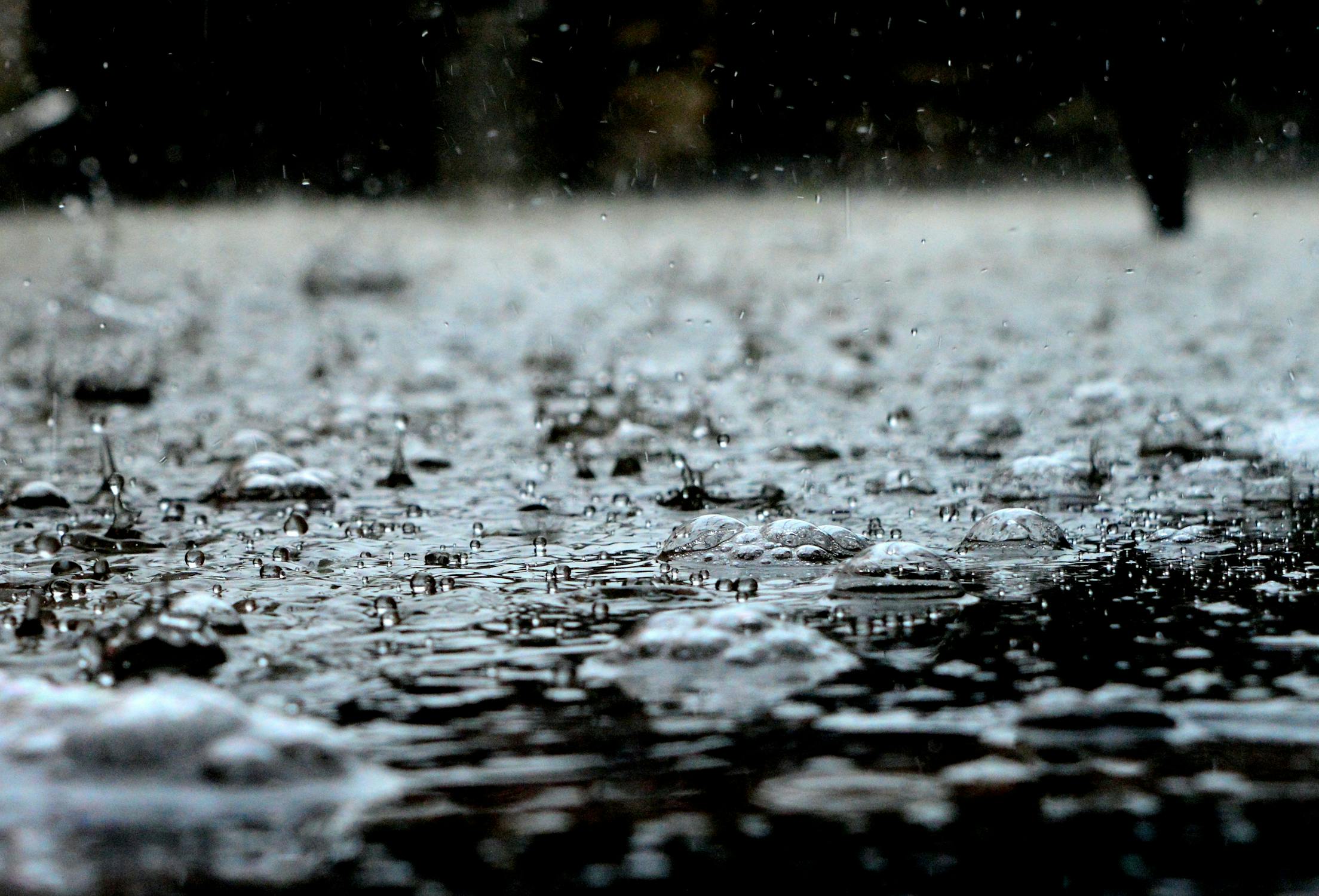
Source: Pixabay
“Everyone wants it,” Peter Kilkus of Lake Berryessa News told the Napa Valley Register (via Newsweek). “That lake is essentially full. … We’re all very happy that it’s full.”
The Excitement Around the Spillway
This isn’t the first time that residents have waited a few years to see water spill over the Morning Glory Spillway.
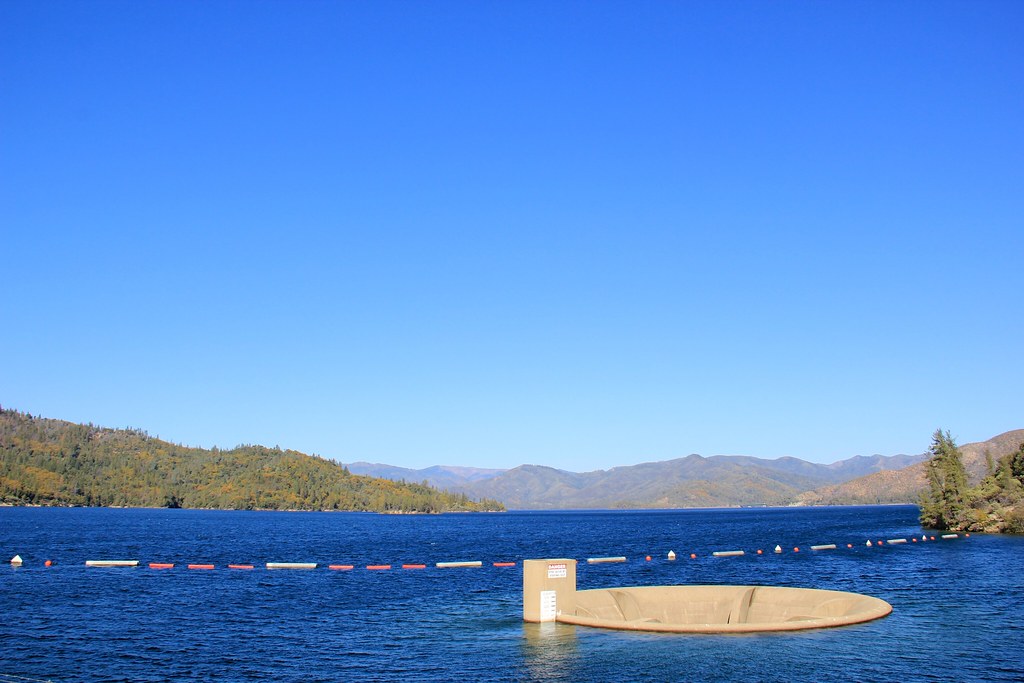
Source: daveynin/Flickr
In 2017, residents were so desperate to watch the spill that they manually sent water splashing down the spillway for the first time in 11 years by using powerboats after the lake was inches short of naturally spilling over.
Other Reservoirs Benefit from the Winter Rains
Lake Berryessa is not the only reservoir experiencing significant changes after the winter rains. The Great Salt Lake in Utah, which has been showing signs of lower water levels increasing, is receiving water from a full Utah Lake.
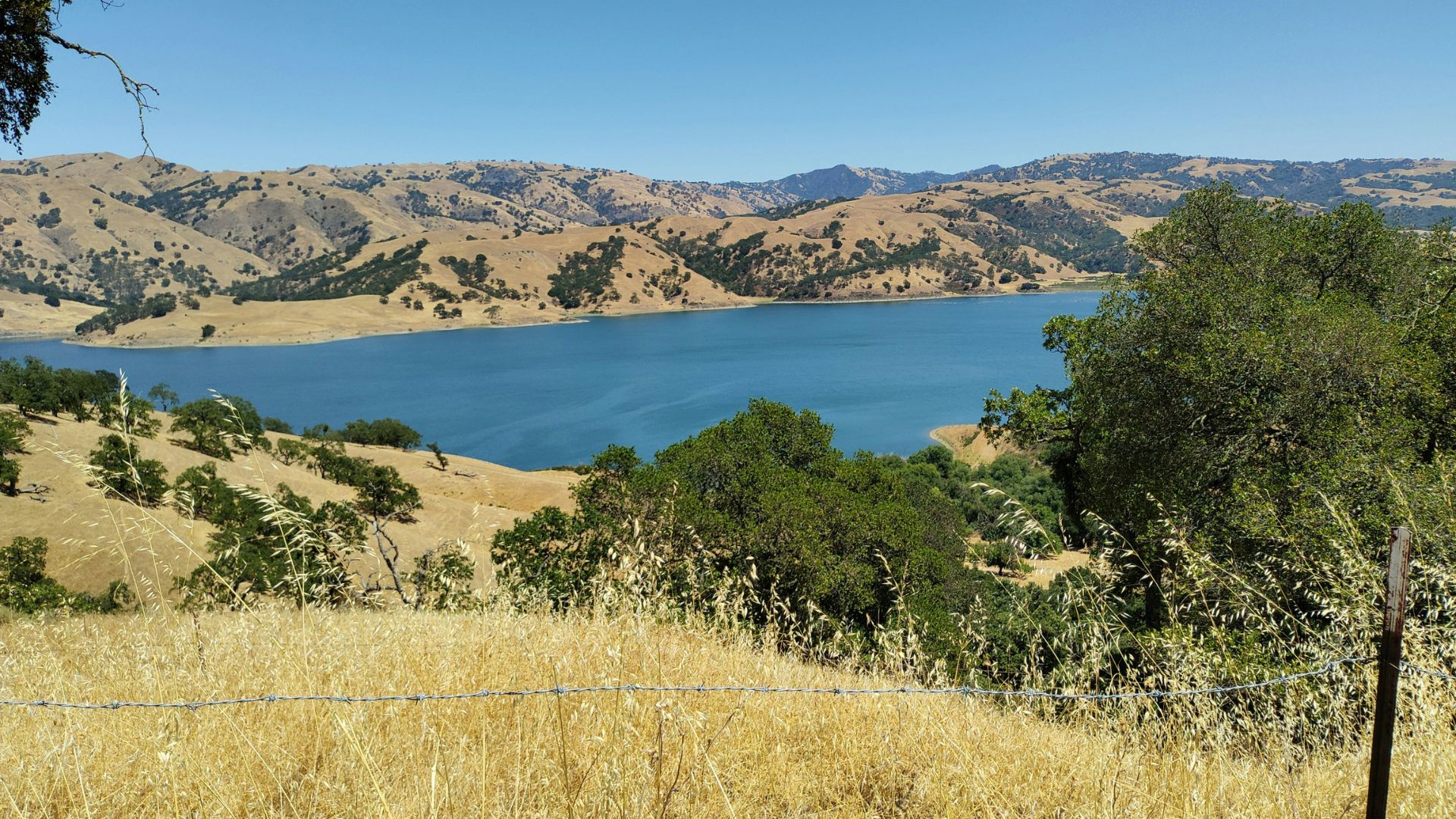
Source: Ludwig Theodor von Ruhm/Unsplash
The wetter-than-usual winters have allowed the snowpack to melt, trickling down the mountain and into the lake.
The Benefit of Reservoir Refilling
This is great news for many residents and states that have been watching the lake slowly dry up, risking the ecosystem that surrounds it.

Source: mali maeder/Pexels
The influx of water has helped refill the lake and support the aquatic creatures and migratory birds. Residents can also breathe a deep sigh of relief as the threat of toxic dust on the lake bed has not yet been exposed.
Do Your Part to Help
However, water levels will reduce again as summer approaches. To help maintain the water levels of these reservoirs, take action by shutting off the tap when you are not using water.
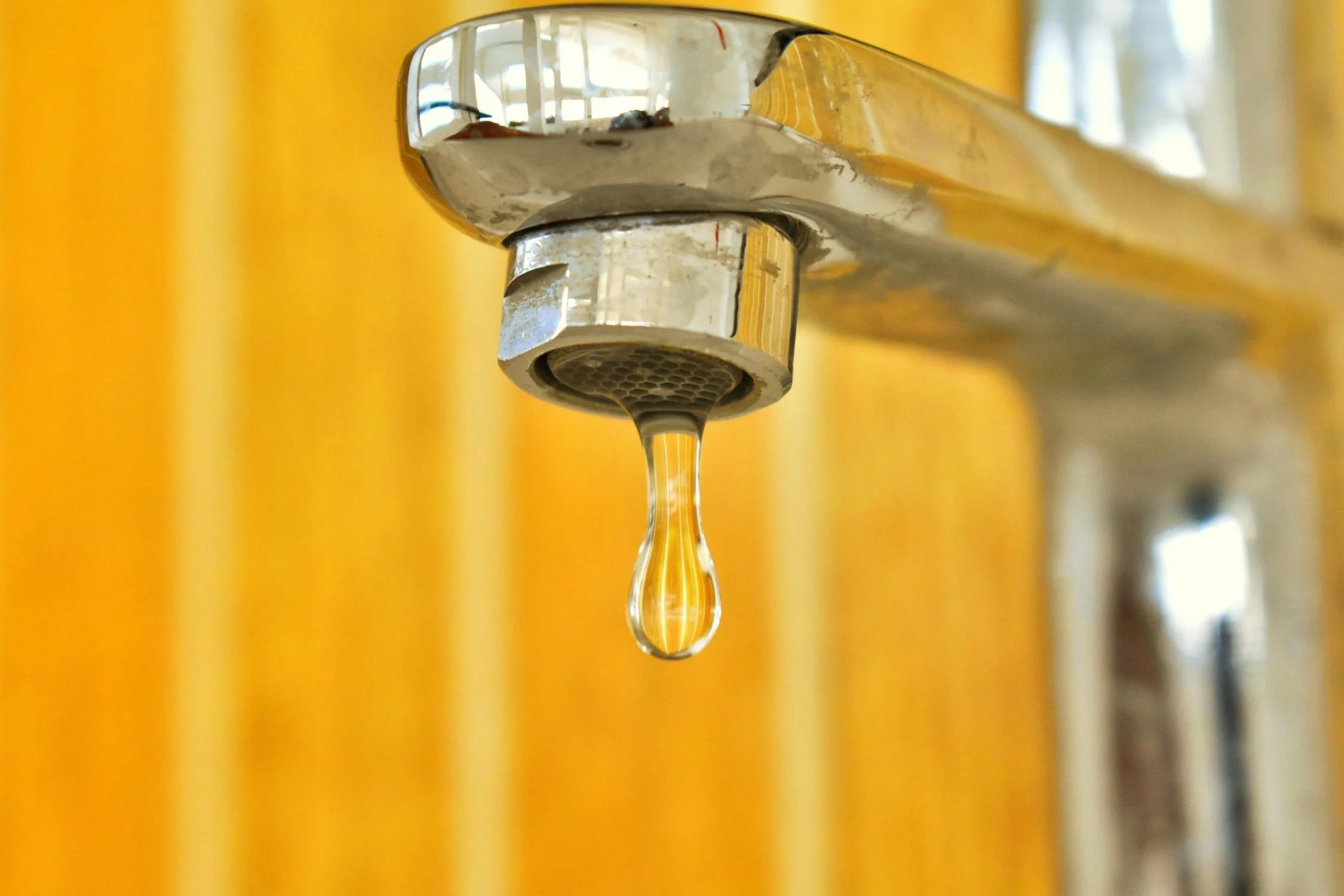
Source: Nithin PA/Pexels
According to the Environmental Protection Agency, turning off the tap while brushing your teeth can help save eight gallons of water.
